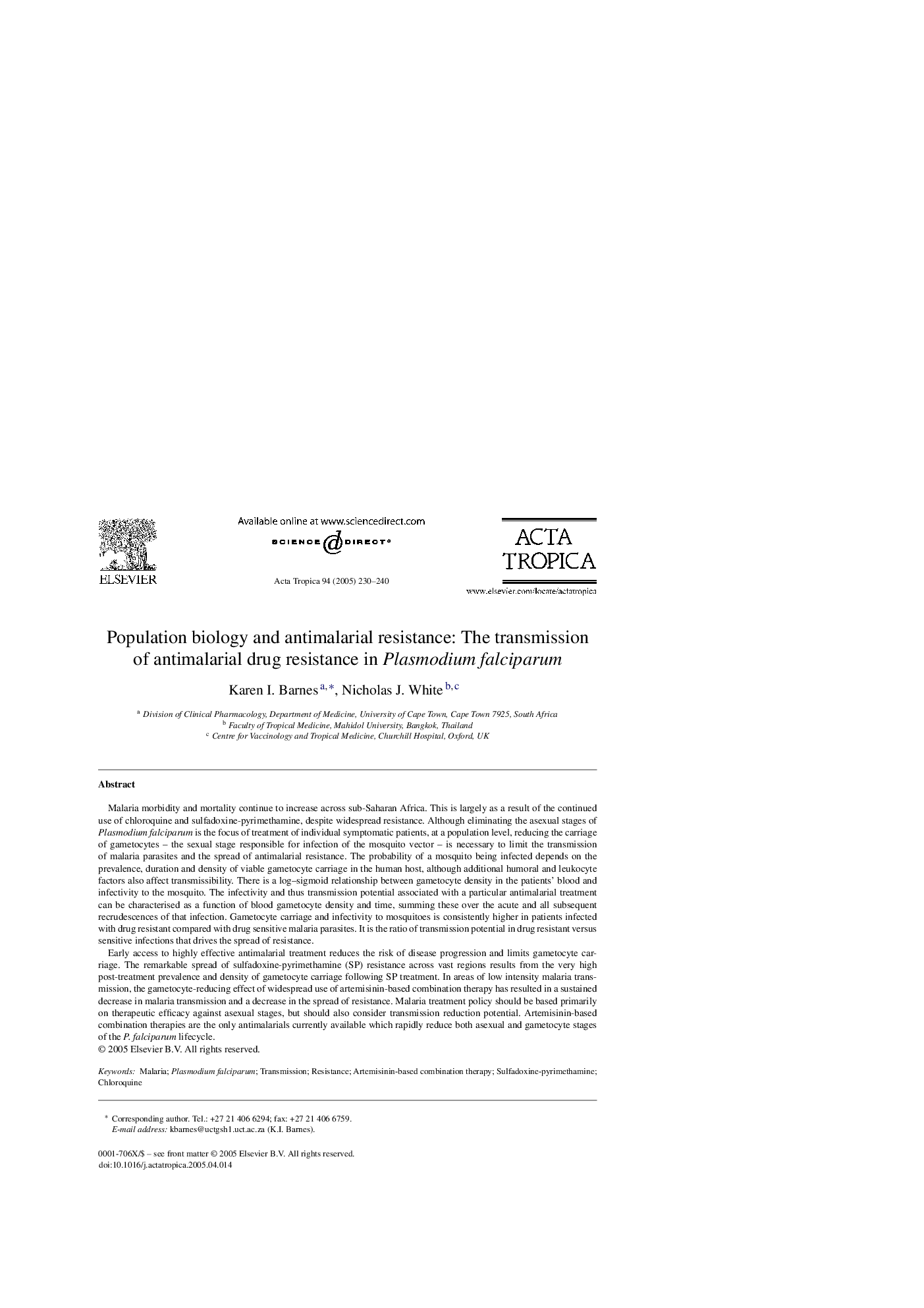| Article ID | Journal | Published Year | Pages | File Type |
|---|---|---|---|---|
| 9274306 | Acta Tropica | 2005 | 11 Pages |
Abstract
Early access to highly effective antimalarial treatment reduces the risk of disease progression and limits gametocyte carriage. The remarkable spread of sulfadoxine-pyrimethamine (SP) resistance across vast regions results from the very high post-treatment prevalence and density of gametocyte carriage following SP treatment. In areas of low intensity malaria transmission, the gametocyte-reducing effect of widespread use of artemisinin-based combination therapy has resulted in a sustained decrease in malaria transmission and a decrease in the spread of resistance. Malaria treatment policy should be based primarily on therapeutic efficacy against asexual stages, but should also consider transmission reduction potential. Artemisinin-based combination therapies are the only antimalarials currently available which rapidly reduce both asexual and gametocyte stages of the P. falciparum lifecycle.
Keywords
Related Topics
Life Sciences
Immunology and Microbiology
Parasitology
Authors
Karen I. Barnes, Nicholas J. White,
